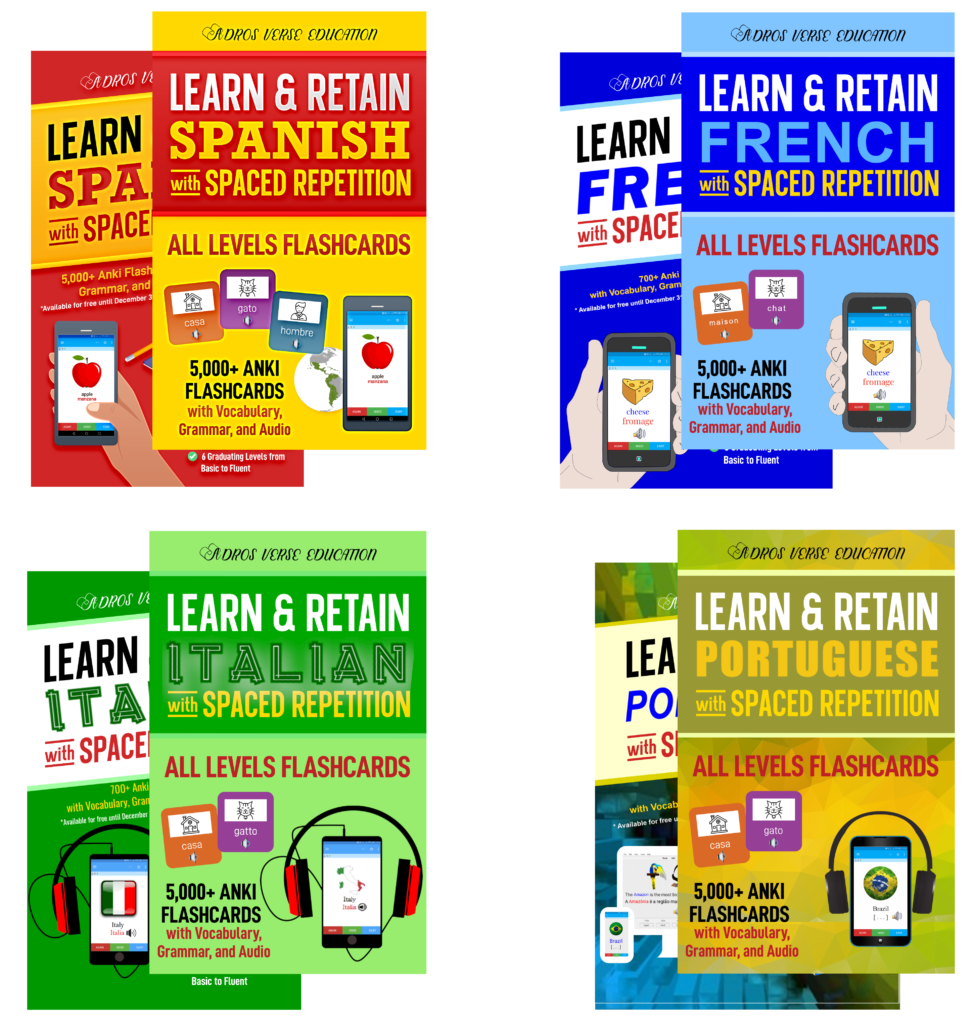Sign language is not universal. In fact, there are hundreds of different sign languages used around the world, each with its own unique grammar, vocabulary, and syntax. This means that a Deaf person from one country may not be able to understand the sign language used in another country, even if they speak the same spoken language.
Busting the Myth: Why Sign Language Isn’t a One-Size-Fits-All Communication System
Imagine traveling the world and seamlessly conversing with Deaf communities everywhere. Sounds convenient, right? But while sign language appears universal at first glance, the reality is much more nuanced. Dive into this article to discover why understanding the diversity of sign languages is crucial for meaningful communication and cultural respect.
The Shocking Truth: A Kaleidoscope of Languages
Forget a single, universal sign language! Over 300 distinct sign languages flourish across the globe, each with its own rich tapestry of grammar, vocabulary, and cultural influences. Just like spoken languages evolve dialects and accents, sign languages develop unique identities shaped by local communities. An American Sign Language (ASL) user might find themselves puzzled by British Sign Language (BSL), despite both countries sharing English as their spoken language.
Exploring the Uniqueness
Beyond regional differences, each sign language possesses a distinct structure and vocabulary. Signs themselves can be iconic, directly resembling the object they represent, or arbitrary, having no visual connection to their meaning. Take the sign for “book” in ASL – an open palm resembling holding a book – and compare it to the closed fist tapping the head in BSL. Understanding these intricacies paves the way for authentic communication and cultural appreciation.
Bridging the Gaps: International Sign Language
A glimmer of hope for international communication exists. International Sign Language (ISL) serves as a simplified form, incorporating signs common across various languages. Imagine it as a basic vocabulary, enabling Deaf individuals from different countries to hold basic conversations or participate in international events. However, ISL doesn’t replace native sign languages; it acts as a bridge for specific situations.
Discover Anki Decks by ADROS VERSE EDUCATION to learn and practice these languages. Anki will then show you the flashcards at spaced intervals, helping you to learn and retain the information.



